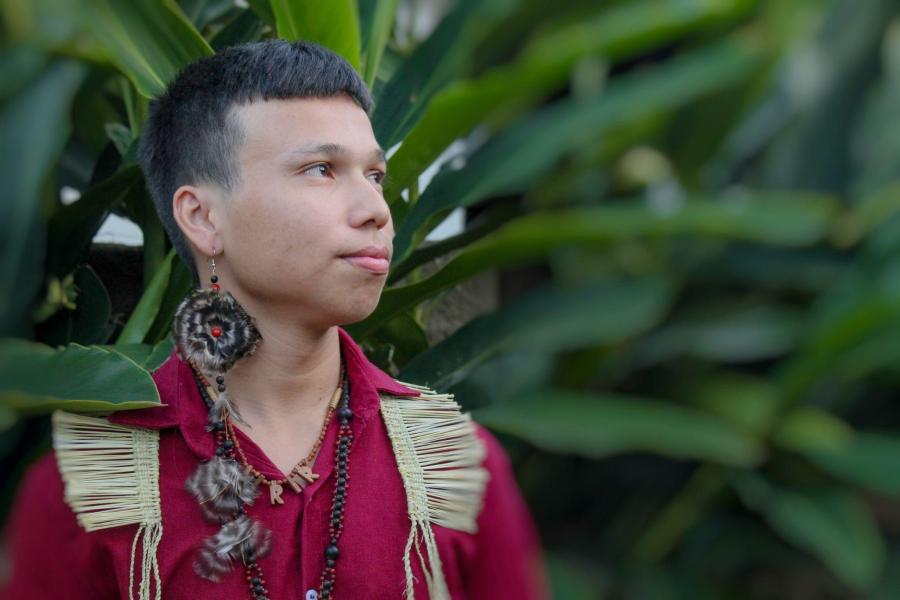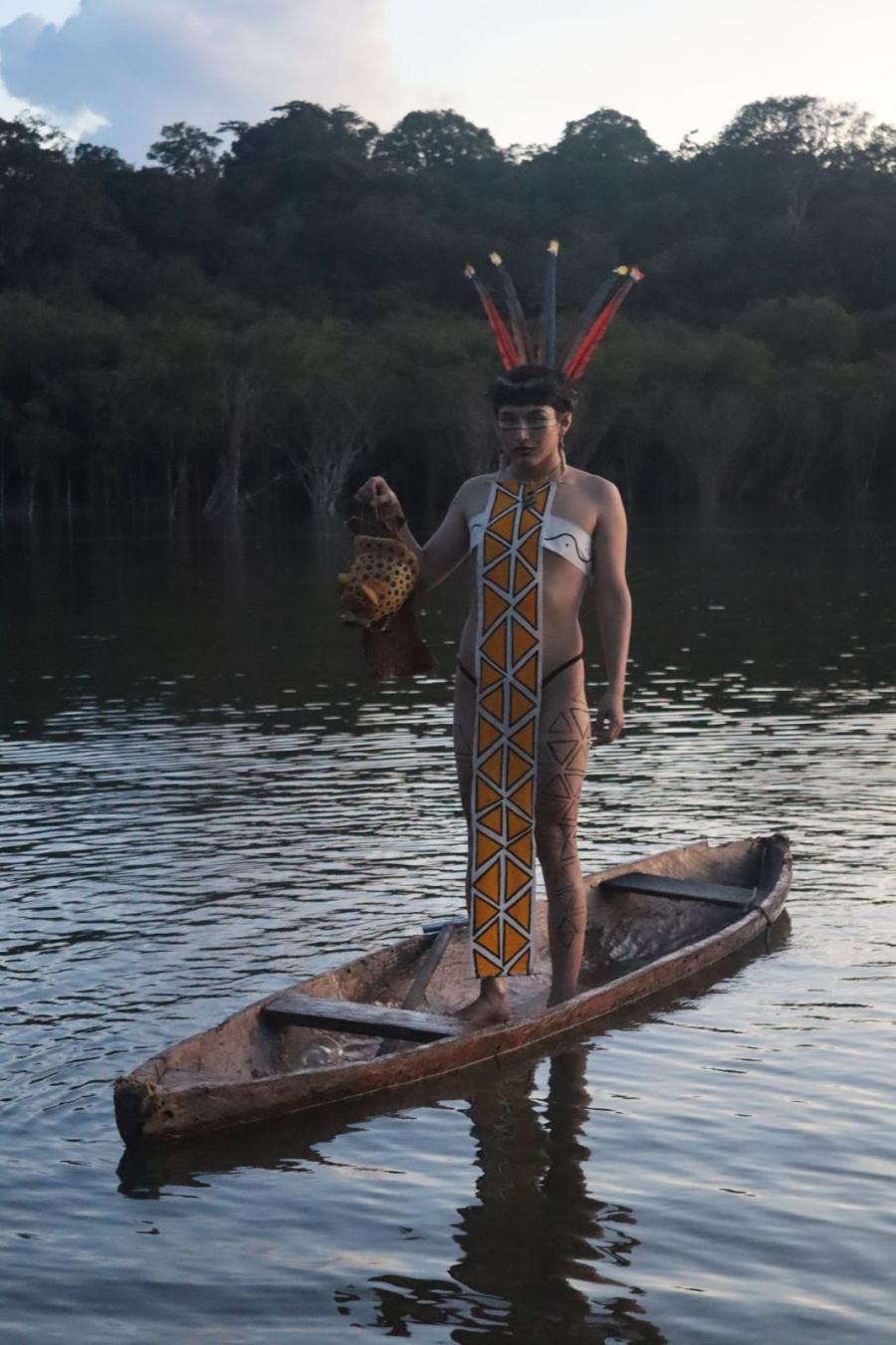The Calha Norte Project was designed by a multi-ministerial work group formed in June 1985 at the suggestion of the National Security Council. It defines a plan of action for the entire region north of the Solimoes and Amazon rivers. Special priority is given to the 4,000-km northern border with Peru, Colombia, Venezuela, Guyana, Suriname and French Guiana.
The project affects most of the approximately 50,000 Indians who live in the border regions of the area. The Indian population in the region and its local and national organizations were not consulted about the project, nor were Brazilian members of Congress, Indian support organizations or anthropologists who have worked in the area. In fact, during its initial phase, not even the civilian ministries of the executive branch were involved in the planning of the Calha Norte Project. The powerful military ministries took exclusive control over all aspects of conceptualization and planning of the project. As a result, the project is yet another example of an authoritarian government action that attempts to create a fait accompli so as to avoid a thorough discussion of the project in Brazilian society at large, the Congress or in the civilian sectors of the executive branch, where the pros and cons, costs and benefits could be aired more thoroughly. The military maneuvering in the case of the Calha Norte Project offers us useful insights into the democratic limitations of Brazil's fledgling New Republic.
Among the Indians that will be affected by the project are the 8,000 Yanomami; because most of them have had little contact with non-Indians and are extremely vulnerable to contagious diseases, their survival is continually threatened. Some 25,000 miners have already illegally invaded Yanomami lands since the time that the Calha Norte Project was first made public.
The project document underscores the important role of FUNAI, Brazil's National Indian Foundation, in preventing Indians from being adversely affected by the project. Among other tasks, FUNAI is supposed to secure land rights for Indian peoples in the area. Yet a close examination of FUNAI's budget for the project indicates that only 12 percent is earmarked for land rights work. About 80 percent of FUNAI's total budget is for salaries and the costs of establishing or maintaining offices and airstrips in the new areas; yet it is important to note that many airstrips already exist that are used primarily by the military. Should the cost of maintaining such airstrips come from the budget for protecting the lands of Indians in the region?
The Calha Norte Project clearly menaces the Indians of the area. The Brazilian military and government talk of securing the country's northern borders. In its project statement the government speculates that, if left alone, the Indians will attempt to create their own states from Brazilian territory. Once raised, the suspicion is then used to justify the intensive guarding of the border areas by the military. This alleged fear is also used to rationalize the opening up of non-demarcated Indian lands to state and multinational development activities over which the Indians do not and never will have any control. What is really at stake is not a spurious threat to the Brazilian state owing to Indian efforts to protect themselves, but the imminent destruction of Indian societies in the name of alleged national security and socially irresponsible development.
The following articles explore in more detail the implications of the Calha Norte Project.
Article copyright Cultural Survival, Inc.



